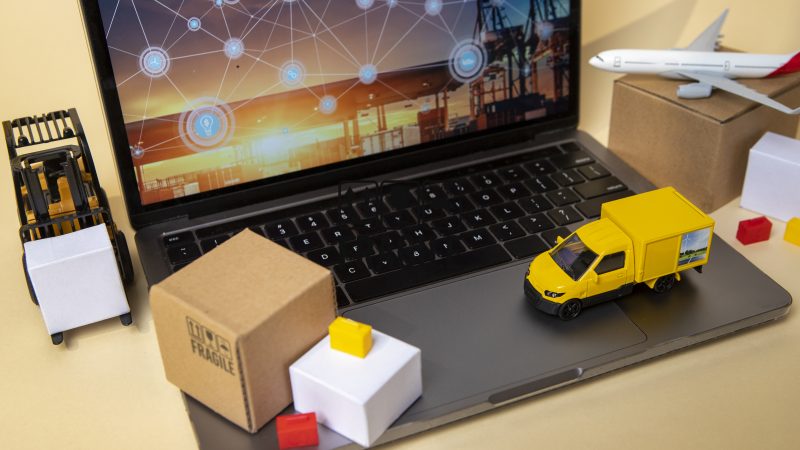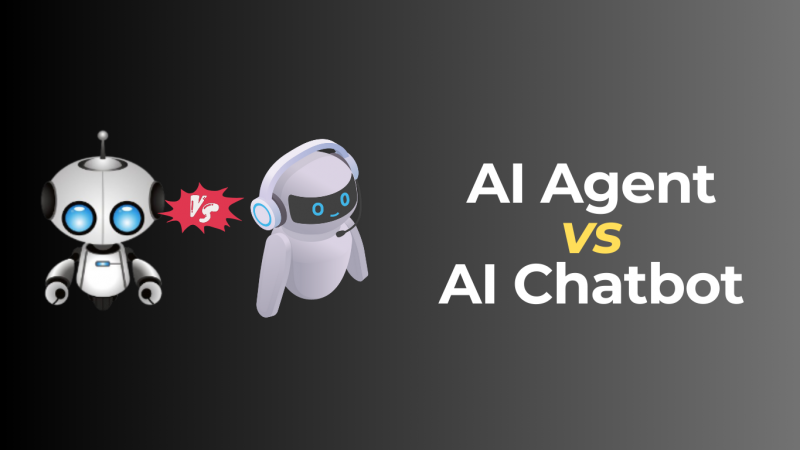Streamlining the Localization Process: A Guide to Continuous Localization Technologies and Tools

Businesses are no longer restricted by geographic borders nowadays. Thanks to the digital revolution, companies may target a worldwide audience and broaden their reach. Localization has become crucial for any global business plan to engage clients across many areas and cultures. Localization entails modifying goods, services, and information to correspond with specific target markets’ tastes, slang, and cultural quirks. Businesses must expedite the localization process and use continuous localization technology and tools to reach a larger audience and build a significant global presence.
Continuous localization’s cutting-edge strategy concentrates on automating and enhancing the localization procedure to guarantee effectiveness, consistency, and speed. Businesses may considerably cut time to market, improve quality, and optimize return on investment for their localization operations by implementing continuous localization technology and tools. Let’s examine how these tools and technology may change localization and support firms thriving in the global economy.
- Translation Management Systems (TMS): A unified platform known as a translation management system simplifies the whole localization operation. TMS makes project management, file administration, terminology management, translation memory, and stakeholder cooperation possible. The efficient continuous localization management process is made possible by the solid infrastructure it offers, which also ensures effective communication between project managers, translators, and reviewers.
Businesses may increase productivity, maintain uniformity across projects, and quickly track progress using a TMS. Additionally, it permits easy interaction with other tools, such as content management systems (CMS), minimizing human work and speeding up the translation procedure.
- Tools for Computer-Assisted Translation (CAT): CAT tools increase the efficiency of translators by offering cutting-edge features, including terminology management, translation memory, and automatic quality checks. By utilizing translated text, these technologies allow translators to work more productively, increase uniformity, and cut expenses. CAT tools divide the text into manageable parts, then save it in a translation memory for later use. The technology expedites translation by suggesting translations based on stored memory when encountering similar portions. Furthermore, CAT technologies make terminology management easier, guaranteeing the continuous usage of industry-specific words and raising the standard of the translated text.
- Machine Translation (MT): In recent years, machine translation has made tremendous strides, providing practical possibilities for speedy and affordable translations. Although human translators are still essential for guaranteeing precision and cultural appropriateness, MT can be used as a base for localization. When used in conjunction with post-editing by linguists, neural machine translation (NMT) models have demonstrated notable increases in translation quality. Businesses can handle enormous amounts of material and shorten the time it takes to market international releases by integrating MT into the localization process. User-generated content, user evaluations, and other non-sensitive resources with short turnaround times benefit the most from their utilization.
- Translation Memory (TM): TM is a language database that preserves previously translated phrases and sentences with the translations that go with them. TM technology ensures consistency and lowers translation expenses by allowing the reuse of these segments in subsequent translations. As localization initiatives develop, TM creates a priceless linguistic asset that expedites the translation process and upholds brand coherence across several platforms and languages. The TM system proposes previously authorized translations with each translation, freeing translators to concentrate on fresh content and challenging linguistic tasks. This reduces translation errors and increases uniformity while also saving time.
- Quality Assurance (QA) and Localization Testing: It is crucial to guarantee localized goods and services’ usability, linguistic correctness, and cultural appropriateness. Tools for QA and localization testing assist in finding and fixing any problems with formatting, character encoding, text expansion, and functioning across several languages and locations. Through these tools, translated software, websites, mobile applications, and user interfaces may be thoroughly tested, assuring a flawless user experience for clients worldwide. They may identify flaws exclusive to a language, UI inconsistencies, and other localization-related problems, guaranteeing that the final product satisfies the highest standards.
- Content Management Systems (CMS): They offer a single platform for producing, managing, and disseminating information in several languages. Businesses can effectively manage translation operations, coordinate content changes, and ensure language integrity by incorporating localization features into their CMS. Companies may speed content development and dissemination using CMS with translation tools, which improves brand image across markets. Additionally, CMS enables content producers to sample translated versions of their material to ensure it appears as intended and appeals to the intended audience.
- Terminology Management Tools: Maintaining brand identity and clarity across languages requires consistent terminology. Businesses may establish and maintain terminology databases using terminology management solutions, assuring correct and consistent translation of essential terms and expressions. By giving translators immediate access to authorized terminology, these technologies help to improve localization overall by lowering mistakes and boosting quality. Tools for managing technology help organizations enforce brand standards and guarantee that key aspects like product names, slogans, and other expressions are translated and understood similarly across languages.
- Agile Localization Methodologies: Traditional localization procedures frequently used a waterfall methodology, which slowed down quick iterations and caused delays. Agile localization approaches, like Scrum or Kanban, provide collaborative and iterative methods. Businesses may guarantee continuous localization, prompt response to changes, and smooth collaboration between stakeholders by breaking localization projects into smaller, manageable tasks and employing cross-functional teams. Agile approaches highly value adaptability, feedback loops, and constant communication, allowing companies to offer translated content in less time and respond rapidly to market needs.
Finally, organizations wishing to increase their worldwide footprint must prioritize expediting the localization process through continuous localization tools and technology. Businesses may overcome language obstacles, improve customer experiences, and realize the full potential of global markets by embracing these technologies and tools. You can stay one step ahead of the competition by adopting continuous localization and using cutting-edge tools and technology. Businesses may communicate with clients globally and position themselves as global leaders in their industries with the help of an efficient localization process.






